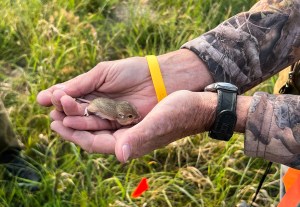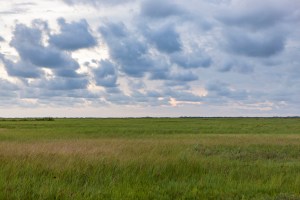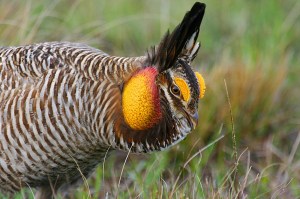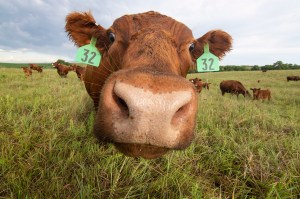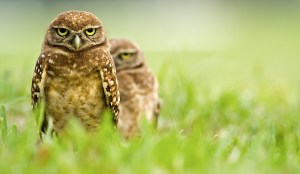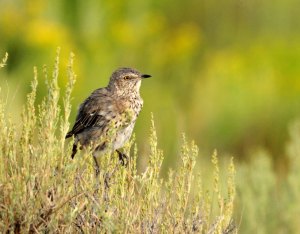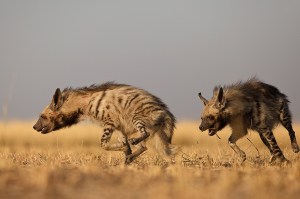Discover stories in Grasslands
Trapping Tiny Pocket Mice in the Nebraska Prairie
A long-running study at Platte River Prairies preserve looks at the relationships between small mammals and grassland management.
Mad Island: Fire Restores Prairie on the Texas Gulf Coast
To restore the prairie, you have to burn it.
The Camouflaged Looper: This Inchworm Makes Its Own Flower “Costume”
Meet the caterpillar with incredible ability to disguise itself by attaching pieces of plant to its back.
A Brighter Future for Attwater’s Prairie Chickens
On the ranchlands of the Texas coastal plain, a partnership is working to protect one of the rarest birds in North America.
In These Cheatgrass-Infested Hills
How do we approach degraded lands? What role do they play in our conservation conversations? How do we value them? And does it matter?
Cattle Graze Milkweed As Much As Grasses. Are There Implications for Monarchs?
Most researchers assume cattle avoid milkweed due to toxic compounds. New research finds that cattle graze milkweeds at least as […]
Did You Know Pronghorns Shed Their Horns?
Let’s take a look at the extraordinary life of pronghorns, the only animal that sheds its horns.
A Rancher’s Owls
On the flooded grasslands of Colombia, one rancher found a way to have it all. Including burrowing owls.
Cool and Overlooked Critters of the Sagebrush Sea
Move over sage grouse: here are 9 other cool critters of the sagebrush-steppe.
Planting Trees in Pasturelands Keeps Things Cool
Farmers in the tropics can harness the cooling benefits of tree cover by incorporating trees within their pasturelands.
Did You Know There Are Four Hyena Species?
Meet the hyenas you don’t know: cool creatures often unfairly persecuted.
Savanna Fire Management Can Fund Africa’s Protected Areas
A new study finds that fire management on Africa’s savannas can generate enough carbon revenue to help fill the funding gap for protected areas.
